Bail Payment with Cash or Credit Cards
Bail bond companies take cash as payment, generally in advance of service. However, paying for a bail bond with a credit card may be the most convenient form of payment for the client and the bondsman.
Paying by credit card is the quickest way to expedite the bail process and thereby get the defendant out of jail faster. With a credit card payment, bail bond payment and paperwork can be completed by email or fax. Clients are surprised to find that they can arrange bail without coming to the office. This convenience helps them avoid going out late at night or taking time off work to complete the bail contract process. Paying for a bail bond by credit card often is the best option for parents of college students or anyone who lives far away.
No-interest Bail Financing
For some families, even 10% of the bail amount presents a financial challenge. Some clients either don’t have a credit card or a large enough credit line to pay the bail bond fee. Some bail companies offer payment plan options to clients, and a few charge interest on bail payments. Look for an agent who offers interest-free bail financing, and make sure you know exactly what you’re agreeing to before you sign.
You don’t have to have a perfect credit to qualify for a payment plan. Generally, you need to have credit and use it responsibly. Several factors come into play for determining a payment plan: length of residency, employment and arrest history, ability to make payments and other factors.
When you work with a bail bondsman to arrange a payment plan, be realistic about your budget. Don’t offer to pay $500 per month when you can only afford $250. The bail bond company will require you to make a down payment that represents a commitment to pay the remainder of the fee.
What’s most important is that the client demonstrates a serious attitude about the situation. If the person charged fails to appear in court, then the person who signed the bail contract is liable for the entire bail amount. Never agree to bail someone out if you think that person may not return to court.
Real Estate Liens and Collateral Bonds
When collateral is required for a bail bond, it is taken in the form of a real estate lien on California property. Generally all owners of the property must sign the lien and the property should have equity.
Clients often use a real estate lien when the bail is a high-dollar amount – $100,000 or more. It may also be necessary if the person has one or more high-risk factors: few ties to the community, short work history, or other such extenuating circumstances. A real estate lien provides additional incentive for the person arrested to return to court. The person knows that the family member who signed the bail contract has put his or her house on the line and could lose the property if the defendant skips bail.
The law requires the bail bond company to return all collateral and release all liens when the defendant’s case is completed. It is advisable to contact your bail agent as soon as possible to arrange for release of the lien. The bondsman will release the lien anyway once notified of completion of the case by the court, but often courts are slow to move on notification. When someone puts up their home, they donÂ’t want a lien any longer than necessary.
